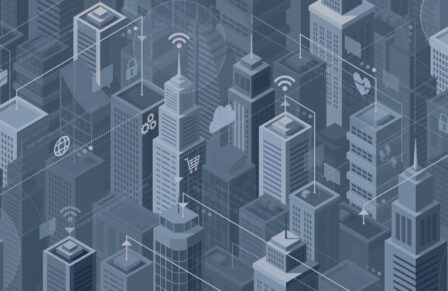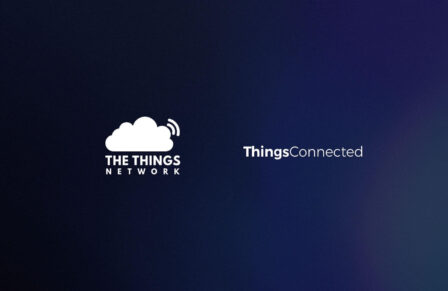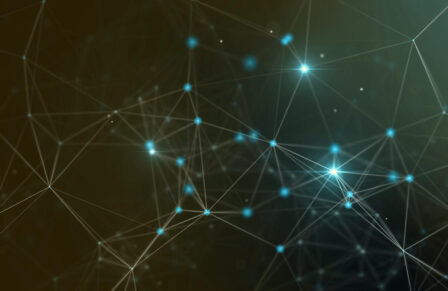Empowering the Buildings and Construction sector
Posted 23 Apr 2024
A Deep Dive into transformative IoT Technologies
Building and construction management is one of the UK’s oldest industries, and one where the embrace of digital technologies is much needed to achieve long-term success. The internet of things (IoT) stands out as a transformative technology for the sector offering solutions to inefficiencies and cost reduction. IoT is already addressing some long standing challenges in the sector by reshaping operations and workflows, innovations showcased at Digital Catapult’s Connected Ecosystems event, which brought together a community of industry pioneers to highlight the tangible impacts IoT is making in building and construction management.
By drawing clear, actionable insights from data, IoT is not only revolutionising processes but also enhancing decision-making capabilities, leading to greater efficiency and sustainability. Digital Catapult is committed to identifying market failures and new opportunities to solve pressing industrial challenges to achieve sustainable growth. IoT innovations will transform the building and construction management sector; some of these technologies and solutions are explored below.
- Thread: Revolutionising Wireless Mesh Networking
The Thread protocol has emerged as a pivotal technology in various applications, particularly in the realm of smart home automation, building management systems, and industrial IoT deployments.
Thread is a low-power wireless mesh networking protocol designed for smart home and building automation applications, providing reliable, secure, and scalable communication among various devices like sensors, actuators, smart appliances, and controllers. Thread forms a mesh network where devices communicate with each other directly or through neighbouring devices, ensuring robust connectivity even in large-scale deployments. Its self-healing capabilities ensure robust connectivity, even in complex environments, while its support for IP enables seamless integration with existing internet protocols, facilitating cloud-based services and remote device management.
Thread enables reliable and efficient data exchange, empowering smart building environments with real-time monitoring, control, and automation of essential functionality such as lighting, HVAC systems, security and energy management.

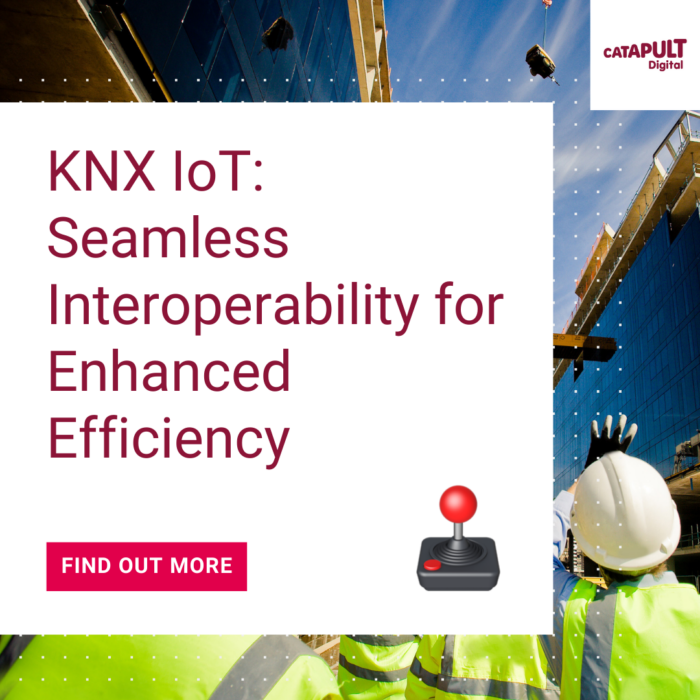
- KNX IoT: Seamless Interoperability for Enhanced Efficiency
KNX-IoT builds upon the existing KNX (Konnectivity Network X) technology, a standardised protocol for building automation and control systems, extending its capabilities to incorporate IoT devices. This integration enables seamless communication between traditional KNX devices and a wide range of IoT devices, sensors, and platforms, expanding the scope of building management and automation applications. The availability of additional semantic data opens up avenues for novel applications, including the establishment of an analytics platform to enhance operational efficiency, predict maintenance needs, and visualise energy management. The planning phase stands to gain significant advantages from this semantic information, enabling the identification of suitable IoT solutions for modern and future homes and buildings, aligned to evolving demands and standards.
- LiFi Technology: Illuminating Efficiency, Automation, and Communication
LiFi (Light Fidelity) is a wireless communication technology which uses light to transmit data. Combining spectral efficiency with power efficiency, it enables very high speed data communications to be reliably achieved through the utilisation of LED lighting infrastructure as the transmission medium. Within buildings, LiFi technology holds tremendous potential for indoor connectivity and smart lighting systems.
In terms of indoor connectivity, LiFi offers several advantages over traditional WiFi, particularly in environments where radio frequency signals may face interference or security concerns (such as hospitals or government buildings). LiFi can be seamlessly integrated into smart lighting systems, offering a dual functionality of illumination and data communication. This convergence of lighting and data communication creates truly intelligent environments where lighting can be dynamically adjusted based on occupancy, daylight levels, and user preferences, while simultaneously delivering high-speed internet access to users
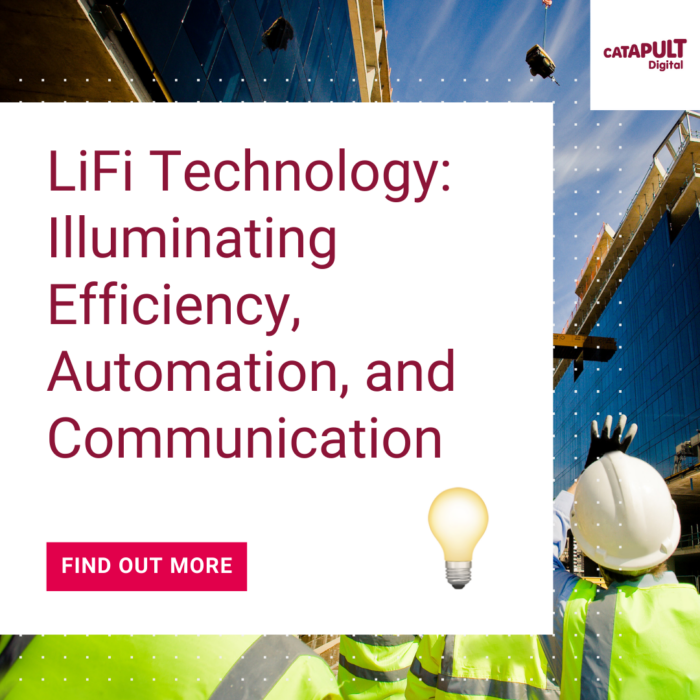
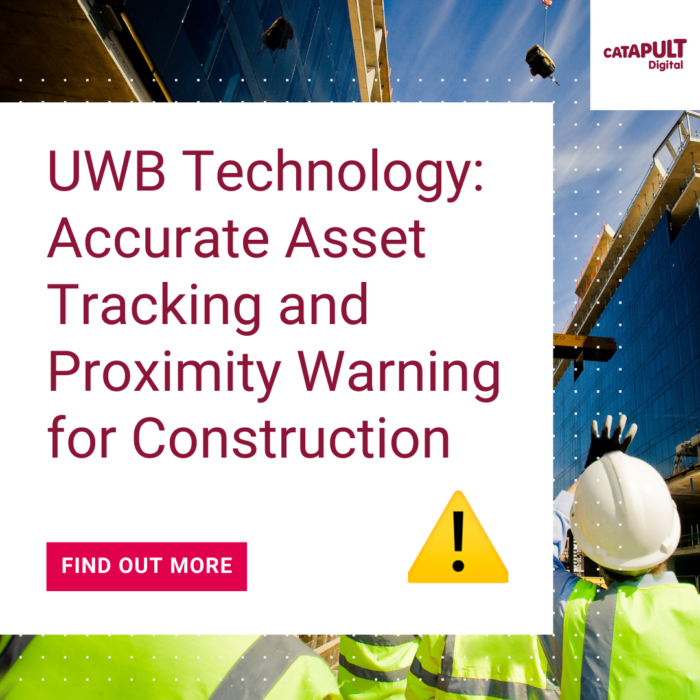
- UWB Technology: Accurate Asset Tracking and Proximity Warning for Construction
Ultra-wideband (UWB) technology has surged in market interest after a decade of oblivion, thanks to the emergence of small, affordable, and energy-efficiency UWB radio chips. The use of ultra-short pulses serves to diminish power spectral density and mitigate interference from other radio signals, simultaneously enhancing propagation through obstacles. Furthermore, the large bandwidth yields superior ranging accuracy by virtue of superior time (and consequently distance) resolution, enabling receivers to accurately timestamp events.
UWB is increasingly being deployed for precise asset tracking in buildings and proximity detection in hazardous environments and on construction sites, where ensuring the safety of personnel and equipment is paramount. Its characteristics enable real-time monitoring of assets within dangerous areas, allowing supervisors to track their location with exceptional precision. Additionally, UWB-based proximity detection systems can alert workers when they approach hazardous zones or equipment, providing a timely warning to prevent accidents and to ensure compliance with safety protocols.
As the UK construction industry is projected to reach a revenue of £476.6 billion by 2027, Digital Catapult remains steadfast in its commitment to driving digital adoption in critical parts of the UK economy, including the building and construction sector. These IoT innovations are not just about technological upgrades; they represent a significant step towards sustainable business growth. By embracing new solutions, UK businesses can overcome challenges and maintain a competitive edge in an ever-evolving digital landscape.
Any organisation that is interested in learning more about Digital Catapult’s IoT work can find out more here or connect with us via the form below.

Digital Catapult newsletter
Receive articles and insights like this delivered directly to your inbox
Subscribe now

